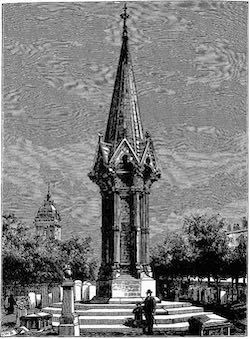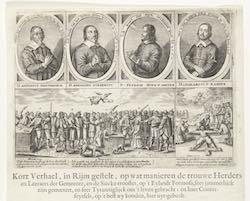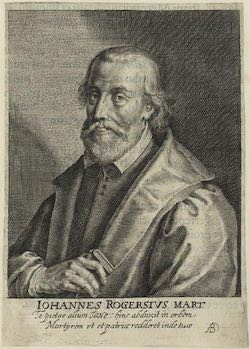Topic: 6. Sacrifices of self: Martyrology after Reformation (16th-18th Century)
During the volatile period between the sixteenth and eighteenth centuries, the concept of martyrdom underwent significant reinterpretations across different Christian denominations. This section explores how Catholics, Protestants, and Anabaptists each uniquely perceived and portrayed martyrdom. Protestants, countering the Catholic notion of sainthood, crafted new martyrologies to establish a lineage of sacrifice rooted in what they deemed as true faith. Similarly, the Anabaptists viewed the state of persecution, as chronicled in their martyrologies, as a testament to being part of the true church. This collection includes a wide array of early modern Catholic, Lutheran, Calvinist, and Anabaptist printed sources and images. It is further enriched by a comprehensive bibliography spanning from the 19th to the 21st Century, offering modern perspectives on these historical interpretations
A True Report of the Life and Martyrdom of Mrs Margaret Clitherow
in: The Trouble of our Catholic Forefathers Related by Themselves
London: Burns and Oates, 1977.
The Life and Death of Mistress Margaret Clitherow
n. p.: n. p., 1586.
From Monster to Martyr: Re-Presenting Mary Dyer
in: Early American Literature, v. 36 (2001), issue 1: pp.1-30.
The Holy Maid of Kent: The Life of Elizabeth Barton: 1506–1534
London: Hodder and Stoughton,, 1971.
Stratford Martyrs Memorial (1879)
from: St. John's Church, Stratford (UK), Archive
Stratford Broadway, UK
Martyrs in Flames: Sir Joihn Temple and the Conception of the Irish in English Martyrologies
in: Albion, v. 36 (2004), issue 2: pp.223-255.
Jean Crespin, Humanist Printer Amongst the Reformation Martyrologists
in: The Harvest of Humanism in Central Europe:Essays in Honor of Lewis W. Spitz
St. Lous: Concordia, 1992.
French Calvinists as the Children of Israel: An Old Testament Self-Consciousness in Jean Crespin's Histoire des Martyrs Before the Wars of Religion
in: The sixteenth Century Journal, v. 24 (1993), issue 2: pp.227-248.
Kort Verhael, in Rijm gestelt, op wat manieren de trouwe Herders en Leeraers der Gemeente, en de Siecke-trooster, op 't Eylandt Formosa, seer jammerlijck zijn gemartert, en seer Tyranniglijck om 't leven gebracht; en haer Conterfeytsels, op 't best wy konden, hier uyt-gebeelt
Amsterdam: Crispijn de Passe, [1662].
Johannes Rogestus Mart. (1620)
National Portrait Gallery, London
Thomas Crammerus (17th Century)
National Portrait Gallery, London




